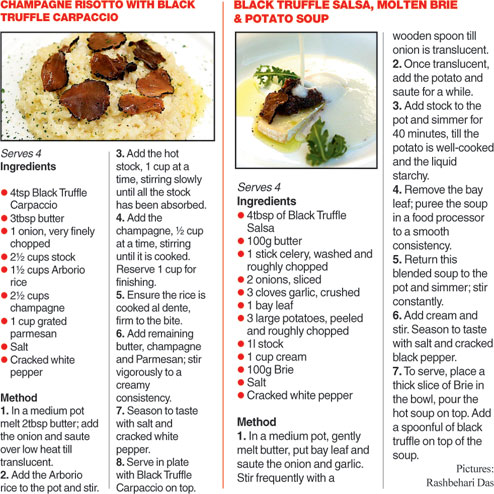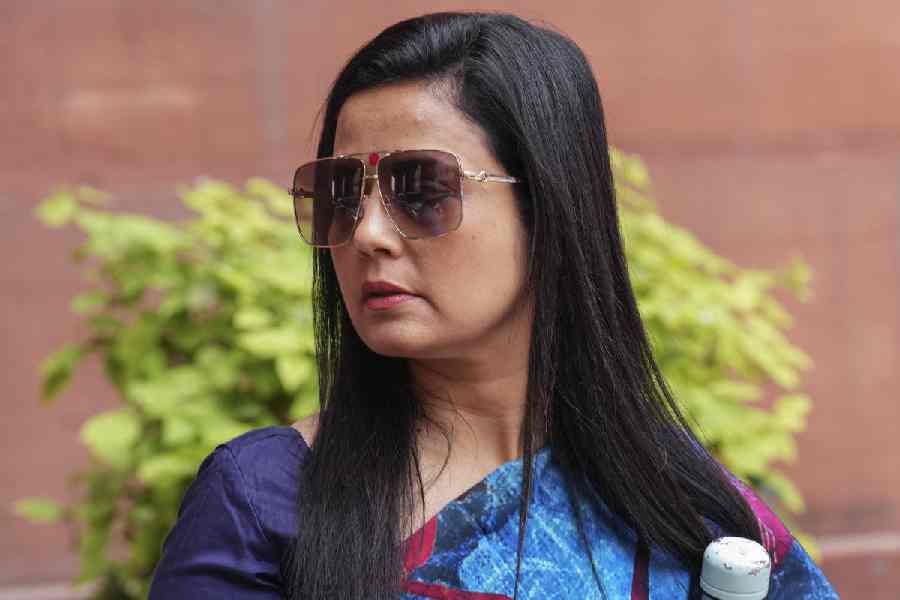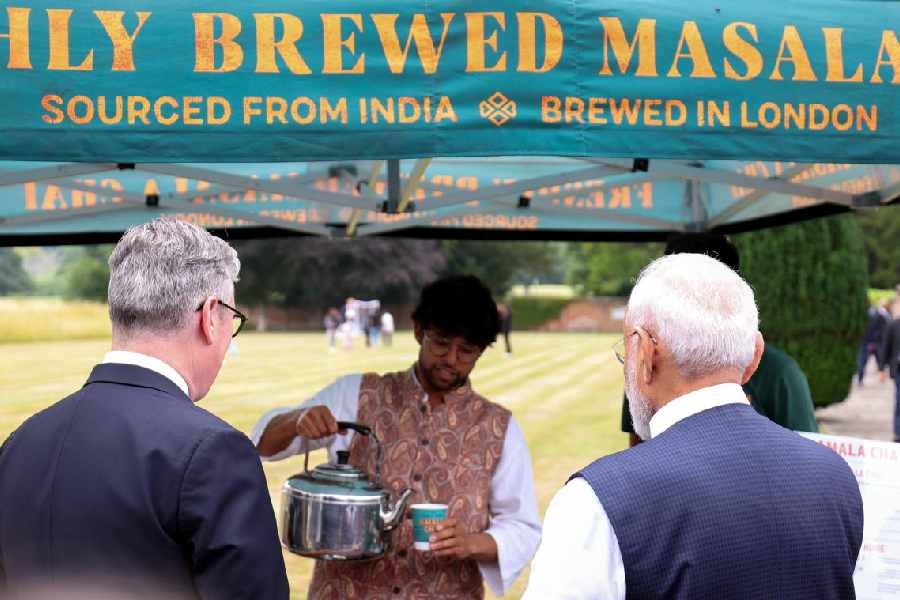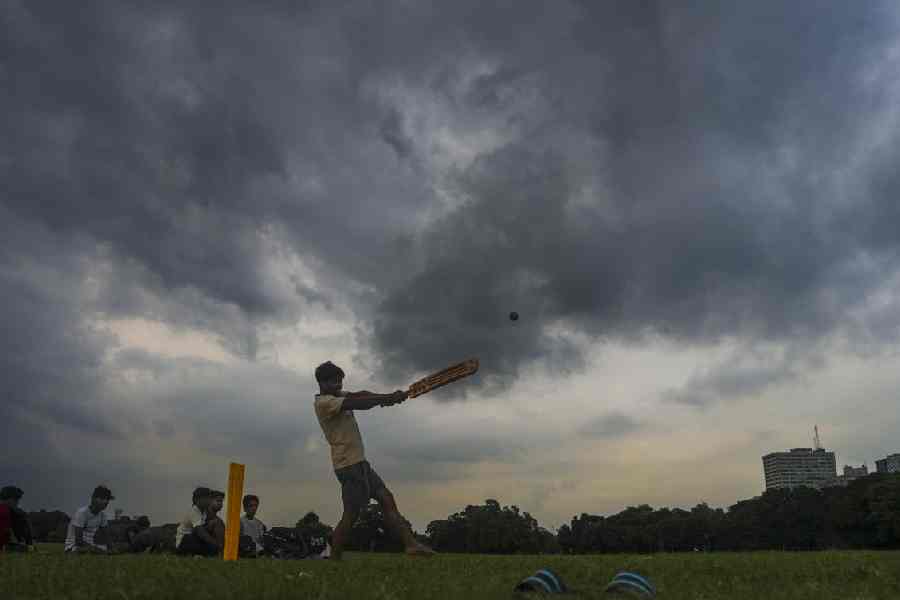We went to Italy beginning-April when the weather was just perfect. We landed in Rome and drove to Arezzo in around 90 minutes. Arezzo is a city located in the scenic landscapes of Tuscany. It is here that we went to Boscovivo, a family-run company known for its truffle products. We had met Silvia Landucci from Boscovivo at an event in Calcutta and we kept in touch. When she learnt we were visiting Italy to meet designers for our new project in Calcutta (hush, hush, more on that later!), she invited us to her forestland for a truffle-hunting experience and we said yes immediately!
We were greeted by this little old man and two fluffy dogs. We learnt later they were Italian dogs called Lagotto Romagnolo specifically bred for truffle-hunting. They are water retrievers and Lagotto comes from the Italian word lago, meaning lake. I’m not someone who loves dogs but these dogs are specially trained. As soon as they are born, truffle oil is rubbed all over the mother and that’s the scent the pups get used to. As they grow up, they are able to smell out truffles from under the earth. As a reward for hunting them down, they are given a little truffle to eat!

Truffle is a fungus that grows at the bottom of trees. It emits fragrance intermittently, so the dogs often pass right by the mushroom if they don’t smell it. When they do smell it, they start digging furiously with their nose leading the way! We even played a little game with them, where we hid the truffles quite far into the woods and then the dogs went hunting for them! Black truffle is what is most common here. It’s basically a fungus, a dark-looking blob. The reason it is so expensive is because it’s hard to find and each truffle has to be hand-cleaned. Labour is expensive in Europe.
After hunting, we went to Silvia’s workshop, founded by her father Alfredo. It is here that the truffles are sifted according to size and packaged. Visitors can buy truffles at the factory and they are available at almost half the price compared to the city.
After a fun day, it was time for lunch. We were served truffle pasta — which was fantastic! — bruschetta with truffle salsa, potato cream with truffle caviar and much more. We picked up some of Silvia’s amazing stuff and planned what we’d do with it at Mangio! Well, here’s what we are serving :)

Silvia Landucci, whose family-run company Boscovivo in Tuscany is known for truffle products, started truffle trails almost 15 years ago in 2002. “It is a tourist activity, or an experience, that we want to give to the people who enter our home. We show them how truffles are hunted, sifted and packaged and teach them more about this tradition,” Silvia told t2 from Italy. She answered some FAQs...

How can you recognise the goodness of truffle?
A rotten truffle is soft and/or it might show worms. Hardness means goodness, even if softness often shows only the high level of ripeness.
Can truffles be cultivated?
Yes. This process is called mycorhization. Spores are put in touch with the roots of those plants that support the development of truffles. Cultivation does not affect the quality. Nevertheless, results are not fully satisfying, especially for white truffles.
How are truffles picked?
The dogs identify the position of truffle by sniffing the ground and their owner digs the truffle out by a special small spade. In the past pigs were employed, but they spoiled the ground and the growth of truffle became harder.

Is a bigger truffle more scented than a small one?
No. Intensity of scent comes from its level of ripeness and freshness.
What makes the truffle’s price?
Its quality — white truffle is more expensive than black. Its size — big truffles are rather rare. Its shape — round truffles are more appreciated.
How to wash the truffles?
Before using, truffles have to be washed carefully and delicately with a soft brush under running water in order to remove all the earthy particles. It is advisable, before starting this process, to keep them in water for a few minutes in order to help the removal of earth. The cortex is perfectly eatable and has to be used together with the rest of the truffle and it is aromatic and tasty.
How to preserve the truffles?
Once picked in its best conditions, truffle doesn’t last for a long time. In short, it starts a process of biochemical ripening that makes it less compact with a consequent loss of aroma. The best method is to keep it in the fridge among vegetables, rolled in blotting paper for no longer than one-two weeks according to its level of ripeness.











